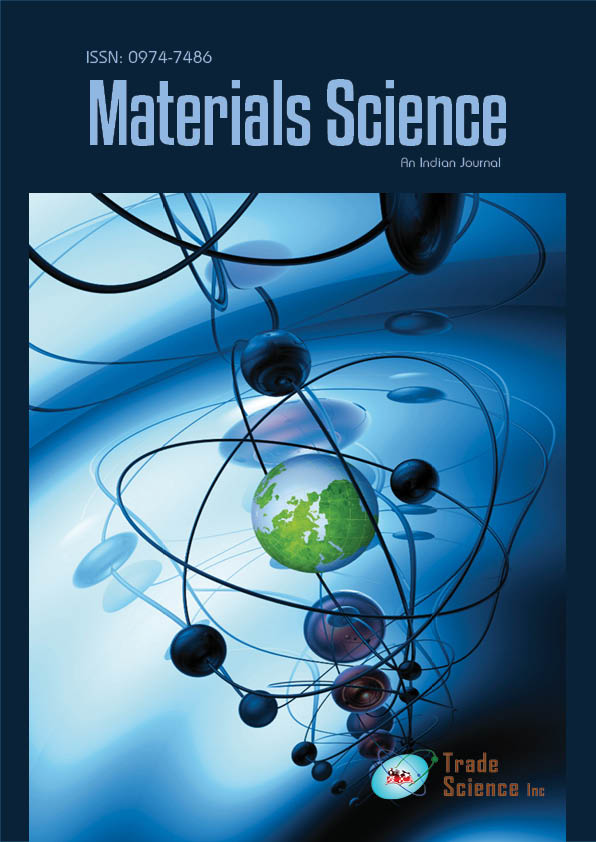Abstracto
Auramine O Dye Adsorption onto Ganga Imli (Pithecellobium Dulce) Wood Biochar: Process Optimization Using RSM
VK Singh, AB Soni and RK Singh
Biochar produced from the pyrolysis of Ganga Imli (Pithecellobium dulce) wood particles was used as an adsorbent for the removal of Auramine ‘O’ dye from the aqueous solutions by varying the different physicochemical parameters such as initial dye concentration, contact time, pH, temperature and adsorbent dose. The biochar was characterized using scanning electron microscopy, Fourier transform infrared spectroscopy and X-ray diffraction. Pseudo-second-order kinetic model was the most suitable for describing Auramine ‘O’ adsorption on the biochar in comparison with the pseudo first-order model. Auramine ‘O’ adsorption on the biochar followed well the Temkin isotherm model. The maximum adsorption capacity was found to be 90.91 mg/g at 30°C temperature. The values for thermodynamic parameters indicate that the adsorption was endothermic showing monolayer adsorption of dye. Five different non-linear error functions were used to analyze the equilibrium data for evaluating the best fit of the isotherm equations. The concentration, pH, adsorbent dose and temperature were optimized using response surface methodology to maximize the adsorbate removal. The rate of Auramine ‘O’ dye adsorption was mathematically described as a function of experimental parameters and was modeled through Box-Behnken design.
